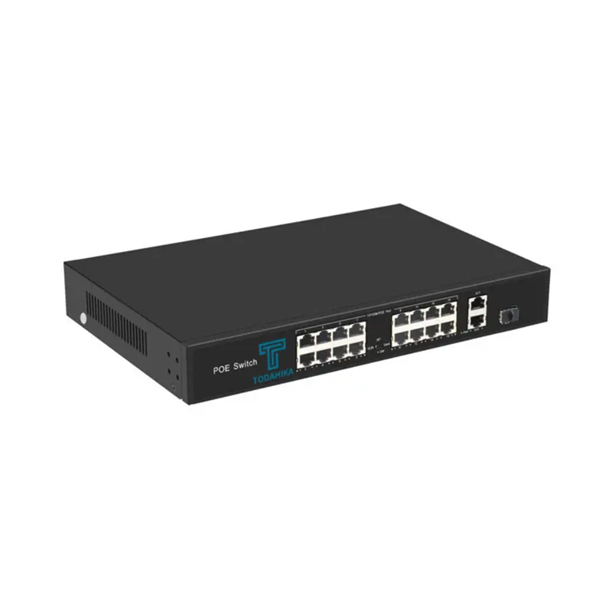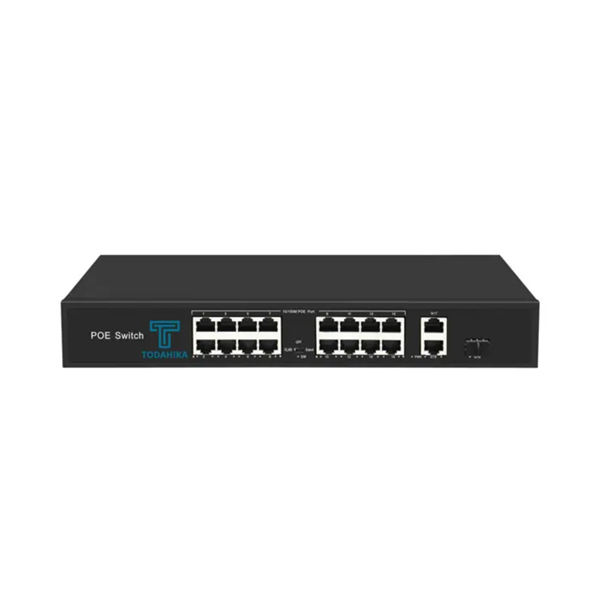Network switches play a vital role in modern IT infrastructure, serving as the backbone for communication and data transfer within the network. Understanding the role of network switches is critical for IT professionals and businesses to ensure efficient and reliable network operations.
Essentially, a network switch is a network device that connects devices within a local area network (LAN) so that they can communicate with each other. Unlike hubs, which simply broadcast data to all connected devices, switches use a method called packet switching to direct data only to the intended recipients. By allowing multiple devices to communicate simultaneously, network efficiency is improved and congestion is reduced.
In modern IT infrastructure, network switches are critical to creating robust and scalable networks. They provide the foundation for connecting computers, servers, printers, and other devices within an organization, enabling seamless communication and data transfer. As reliance on digital technologies increases and the amount of data businesses generate and process continues to increase, the role of network switches becomes even more important.
One of the main advantages of network switches is their ability to segment network traffic. By dividing the network into multiple virtual LANs (VLANs), switches can isolate traffic and improve network security and performance. This segmentation allows organizations to prioritize critical applications, control access to sensitive data, and optimize network resources based on specific business needs.
Additionally, network switches play a vital role in supporting the growing demand for high-speed connectivity. As bandwidth-intensive applications such as video conferencing, cloud computing and big data analytics proliferate, enterprises need network infrastructure that can provide high-performance connectivity. Modern switches offer advanced features such as Gigabit Ethernet and 10 Gigabit Ethernet ports, allowing organizations to meet the growing bandwidth requirements of their applications and services.
In addition to facilitating communication within a LAN, network switches also play a vital role in connecting multiple LANs to form a larger network. Through the process of network bridging or routing interconnect switches, organizations can create complex networks that span multiple locations and support different communication needs. This feature is especially valuable for businesses with distributed operations or multiple office locations.
As organizations continue to embrace digital transformation and adopt new technologies, the role of network switches in modern IT infrastructure will continue to evolve. The emergence of trends such as the Internet of Things (IoT), edge computing and software-defined networking (SDN) is driving the need for more agile, intelligent and secure network infrastructure. Network switches are adapting to these changes by incorporating advanced features such as Power over Ethernet (PoE) for IoT devices, enhanced security protocols, and programmable interfaces for SDN integration.
In summary, network switches are the cornerstone of modern IT infrastructure, enabling organizations to build reliable, high-performance networks to support their business operations. By understanding the role of network switches and staying current on the latest advances in networking technology, IT professionals and businesses can ensure their networks can meet the demands of today's digital environment. Whether supporting business-critical applications, enabling seamless communications, or enhancing network security, network switches play a critical role in keeping organizations connected and competitive in the digital age.
Post time: Apr-08-2024





